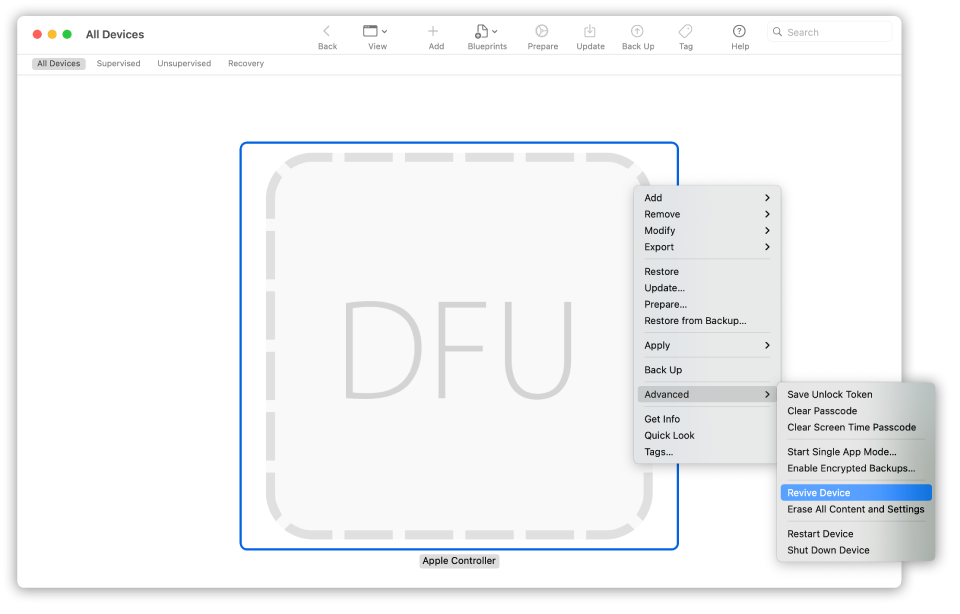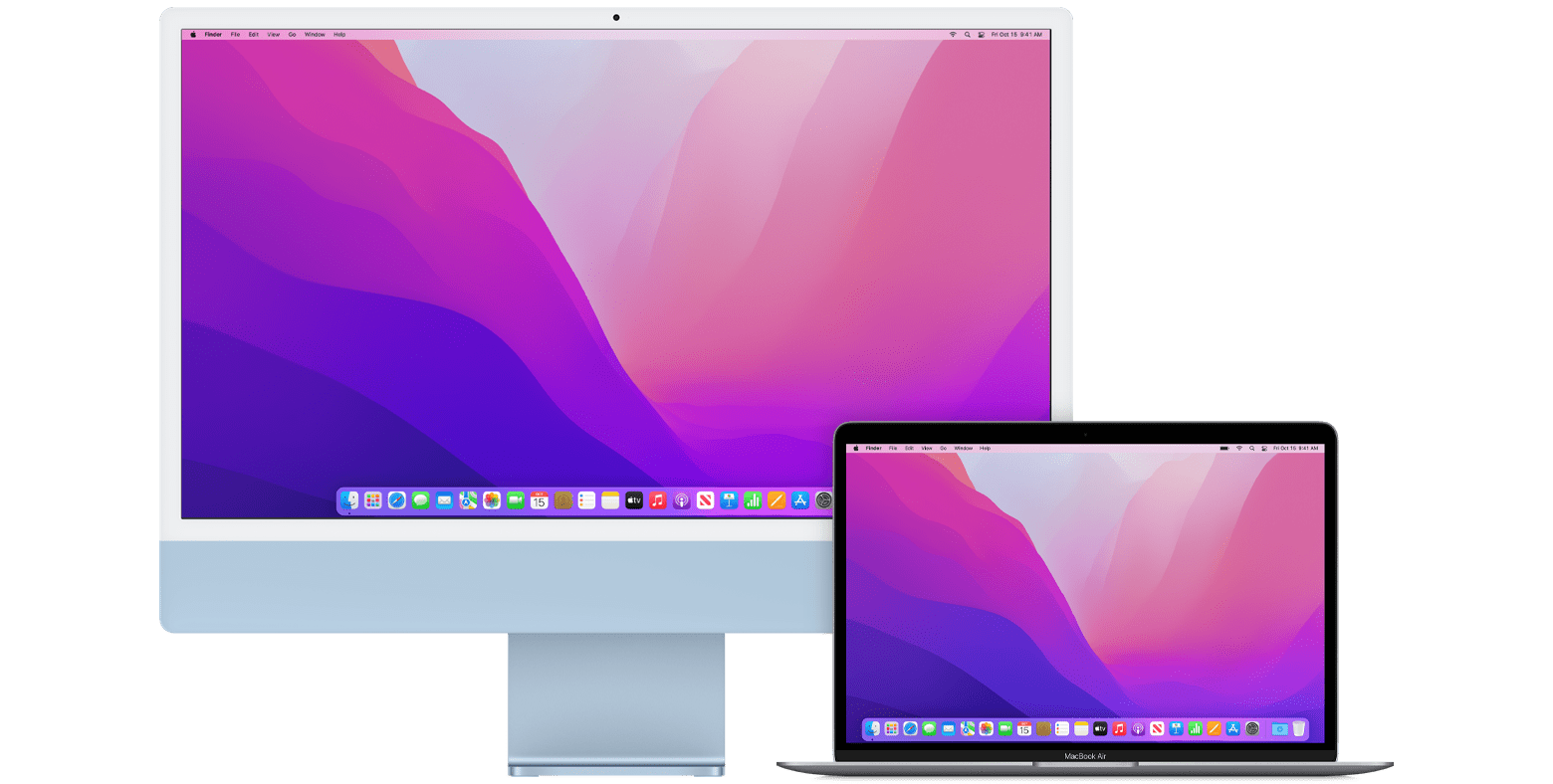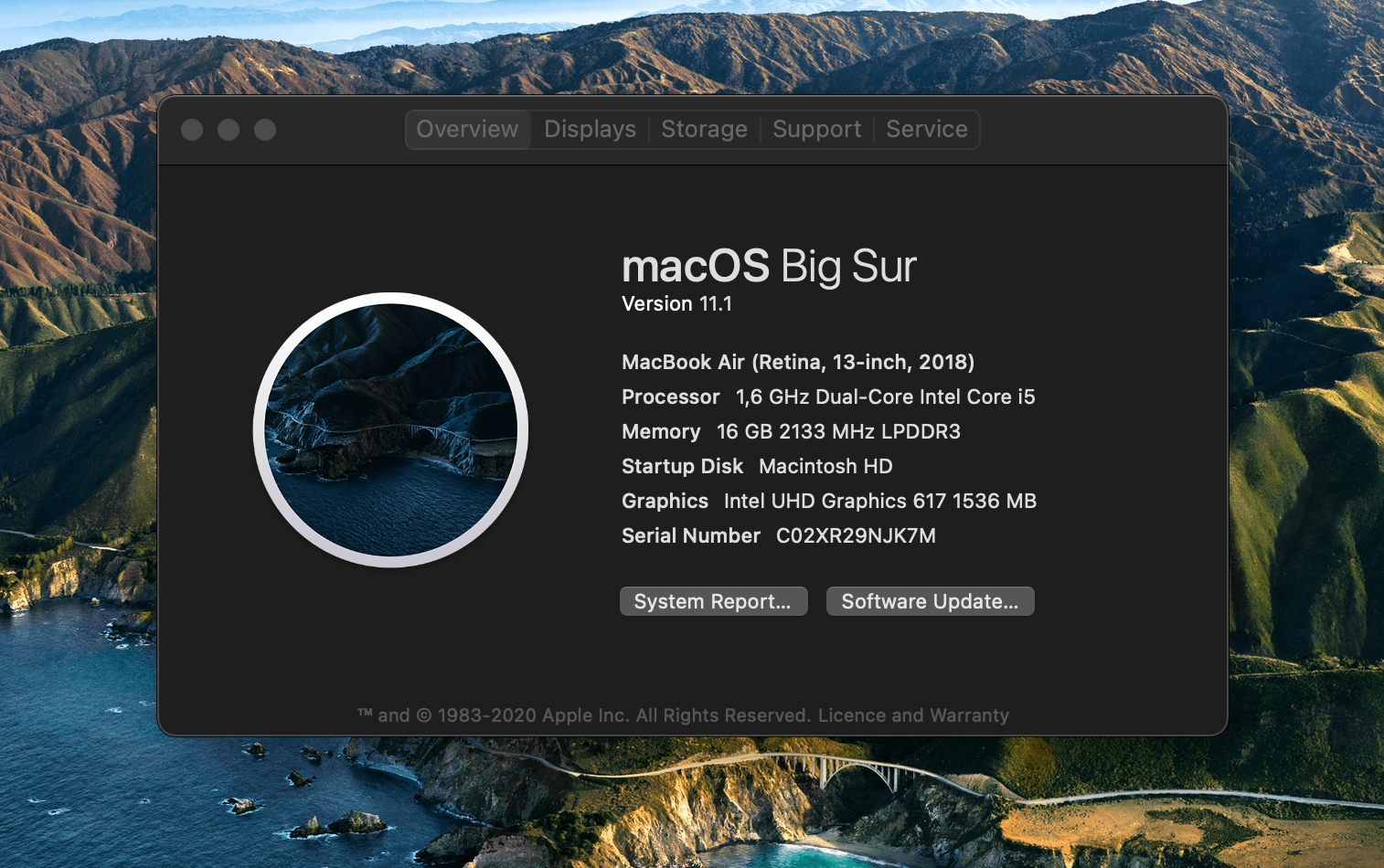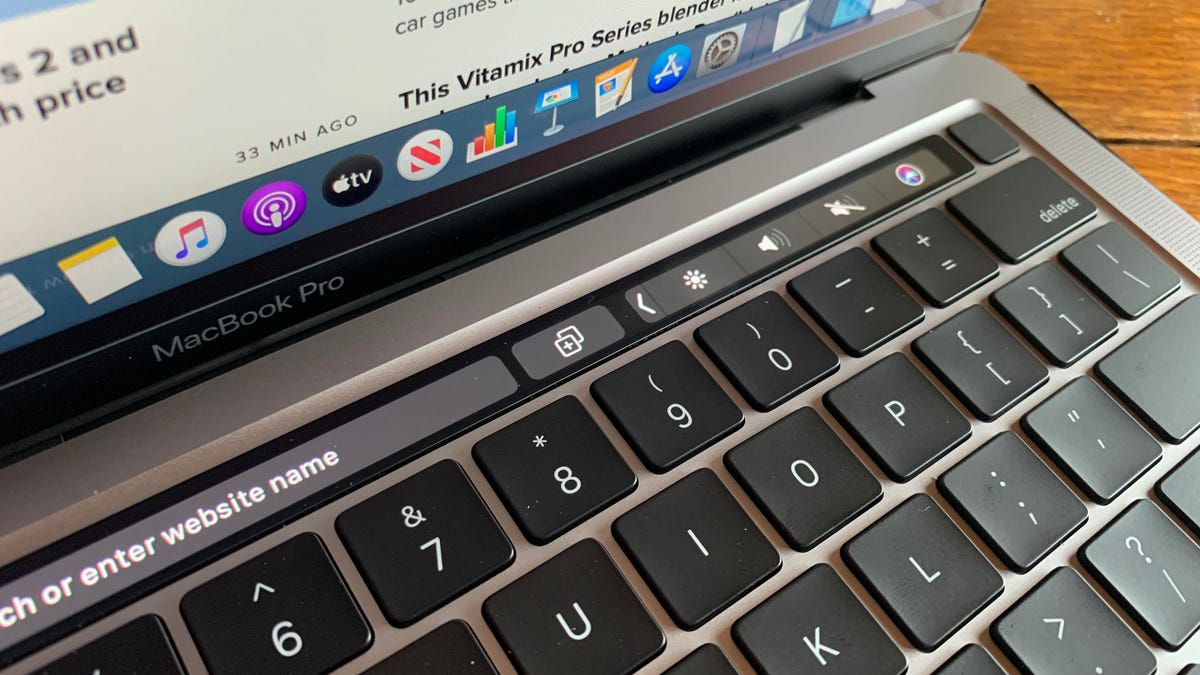
- #NEWEST MAC OS VERSION NUMBER HOW TO#
- #NEWEST MAC OS VERSION NUMBER INSTALL#
- #NEWEST MAC OS VERSION NUMBER PASSWORD#
#NEWEST MAC OS VERSION NUMBER INSTALL#
Now you can install the latest version of Python. Run this command: brew install pyenv PyEnv installing This library will help you switch between different versions of Python (in case you need to run Python 2.x for some reason, and in anticipation of Python 4.0 coming). Now let's take a moment to install PyEnv.

#NEWEST MAC OS VERSION NUMBER HOW TO#
(Or press any other key if you get cold feet.) How to Install pyenv to Manage Your Python Versions Homebrew will ask you to confirm you want to install the following. Your terminal will probably look different from this. A screenshot of my heavily customized terminal.
#NEWEST MAC OS VERSION NUMBER PASSWORD#
This is the same password you type when you log into your Mac. You will need to type your password to run this command. Your terminal will ask for Super User-level access. Now that you're in a command line, you can install the latest version of Homebrew by running this command: /bin/bash -c "$(curl -fsSL )" You can do this by using MacOS spotlight (command+space) and typing "terminal". How to Install Homebrew on Macįirst you need to install Homebrew, a powerful package manager for Mac. By the way, if you're wondering why I keep referring to Python 3.x – the x is a stand-in for sub-versions (or point releases as developers call them.) This means any version of Python 3. Have a fun day and happy coding.īut if you want a proper Python version control system to keep track of various versions – and have fine-grain control over which version you use – this tutorial will show you exactly how to accomplish this. You can run Python 3 using this command (with the 3 at the end). A Single Command to Run Python 3įor some of you reading this, this command may be enough. Until Apple decides to set Python 3.x, as the default you're going to have to install it yourself. Instead, it is recommended that you transition to using 'python3' from within Terminal.

Future versions of macOS will not include Python 2.7. This version is included in macOS for compatibility with legacy software. If you try to run Python from your MacOS terminal, you'll even see this warning: WARNING: Python 2.7 is not recommended. And Python 4.x will be out soon, but it will be completely backward compatible. The entire Python community has now moved on to using Python 3.x (the current version as of writing this is 3.9). But it's Python Version 2.7, which is now deprecated (abandoned by the Python developer community). I probably have some left over path settings on my system from working with Ruby last year.MacOS comes with Python pre-installed. If anyone has some insight as to why this worked, further insight would be greatly appreciated. Then I recalled I have Homebrew installed on my Mac and ran the following: brew -version I am running OS X Mavericks version 10.9.4. I looked for /etc/path/ folder as instructed above and the directory called "path" does not exist on my Mac. dmg installer and when I restarted the terminal, still no go. I followed the README.txt instructions for upgrading to the current version 2.0.1 that comes with the. Every time I quit the terminal and restarted it, when I typed git -version the terminal, it still return the older version 1.8.

I updated my terminal path by using the above mention export command.

Nice! We’re safe now! And next time you can just…Īfter searching for "trouble upgrading git on mac" on Google, I read several posts and attempted the following before resolving the problem by completing step 4: Quit terminal and open a new terminal, then check version. $ sudo mv /usr/bin/git /usr/bin/git-apple IF YOU DON'T HAVE HOMEBREW, FOLLOW THESE STEPS If however you still see apple version, then type the following two lines, which will manually set our path to the local git distro instead of the Apple one. If the output of the above command shows the latest version and does not mention Apple with the version details, then you are all set. This should automatically install git and set it in your path, replacing the Apple one. It's simple if you already have Homebrew:Īssuming you have homebrew installed, type the following: brew install git


 0 kommentar(er)
0 kommentar(er)
